When the DIY bug bites, it’s easy to get carried away with the excitement of transforming your home. But amidst the planning and the anticipation of the finished project, safety must remain at the forefront of your mind. Every year, DIY mishaps lead to a significant number of accidents, some of which are serious. To ensure your DIY endeavours are as safe as they are satisfying, here are 7 detailed safety guidelines to follow.
Dress For Success
The right attire can make a world of difference. Avoid loose-fitting clothes that could get snagged by tools or machinery. Opt for durable fabrics that can withstand a bit of wear and tear. When it comes to footwear, steel-toe boots offer the best protection against dropped tools or heavy materials.
Personal protective equipment (PPE) is non-negotiable. Safety goggles or glasses should have side shields to protect against flying debris. Gloves should be material-appropriate – heavy-duty for rough work, and latex or nitrile for handling chemicals. Ear protection is a must when using loud power tools, and a dust mask or respirator is crucial when sanding or working with potentially toxic substances. Remember, PPE is only effective if it fits properly and is worn consistently.
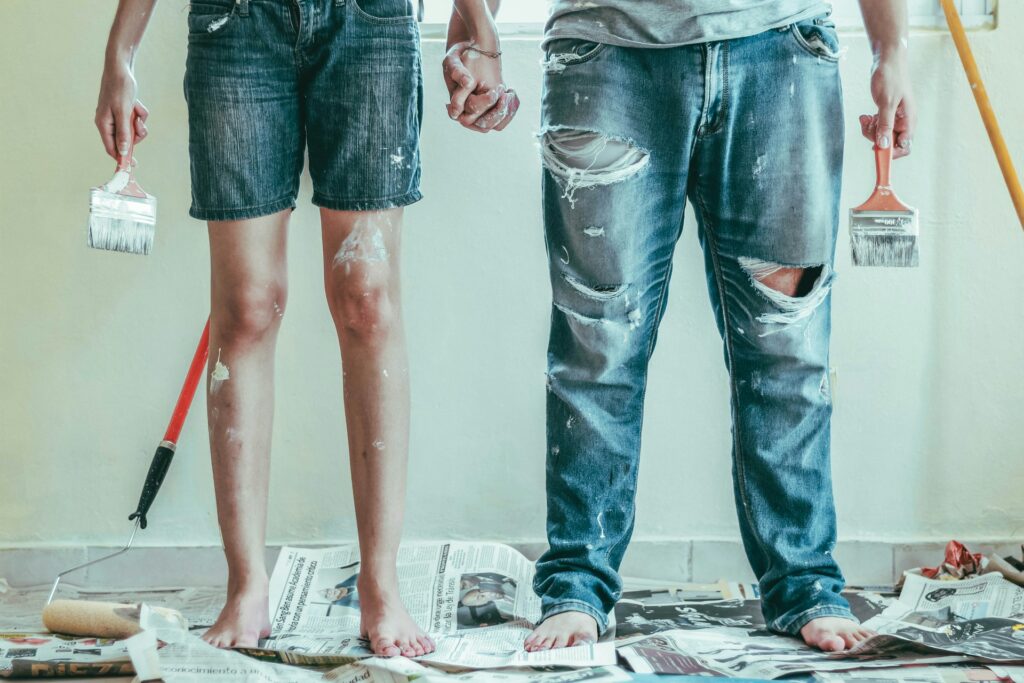
Ladder Safety
Ladder accidents are often due to overconfidence or misuse. Always use a ladder that’s tall enough for the job – stretching for those extra few centimetres is a risk not worth taking. Check the ladder’s load rating to ensure it can support your weight plus any tools or materials.
When positioning your ladder, follow the 4-to-1 rule: for every four feet of ladder height, the base should be one foot away from the wall. Always face the ladder when ascending or descending, and never climb higher than the second rung from the top on a stepladder or the third rung from the top on an extension ladder.
It’s essential that you’re using the right ladder for the task, too. Extension ladders, with their adjustable height and lean-to design, offer a reach that far exceeds that of step ladders or fixed-height ladders, making them ideal for tasks that require working at significant heights, whereas step ladders are better suited for lower-level tasks with their self-supporting A-frame construction.
It’s essential, too, to wear proper footwear, like durable steel-toe boots or even Hard Yakka work boots, to ensure your feet are both stable and protected while on a ladder.
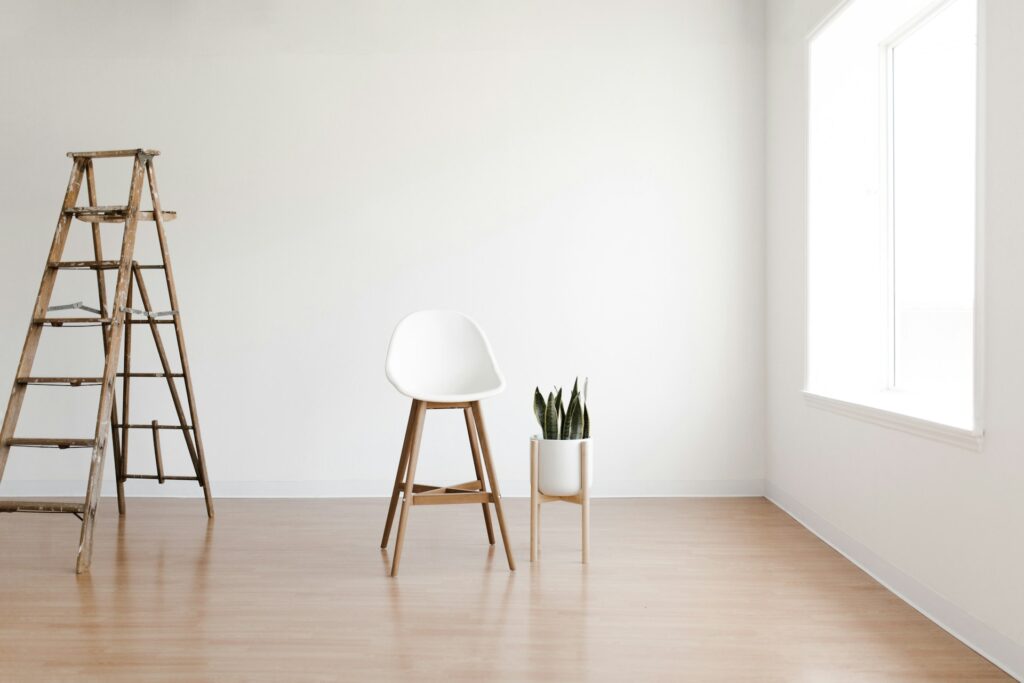
Know Your Tools
Every tool has its quirks and features. Take the time to read the manual for each new tool you purchase. YouTube tutorials can be a great resource for visual learners needing a demonstration. Before you start your project, do a ‘dry run’ with your tools, practising the motions without actually starting them up.
Regular maintenance is key to safe tool use. Check for dull blades, loose fittings, or damaged cords before use. Always disconnect tools when not in use, especially when changing out parts or blades. And never, ever remove safety guards – they’re there for a reason.
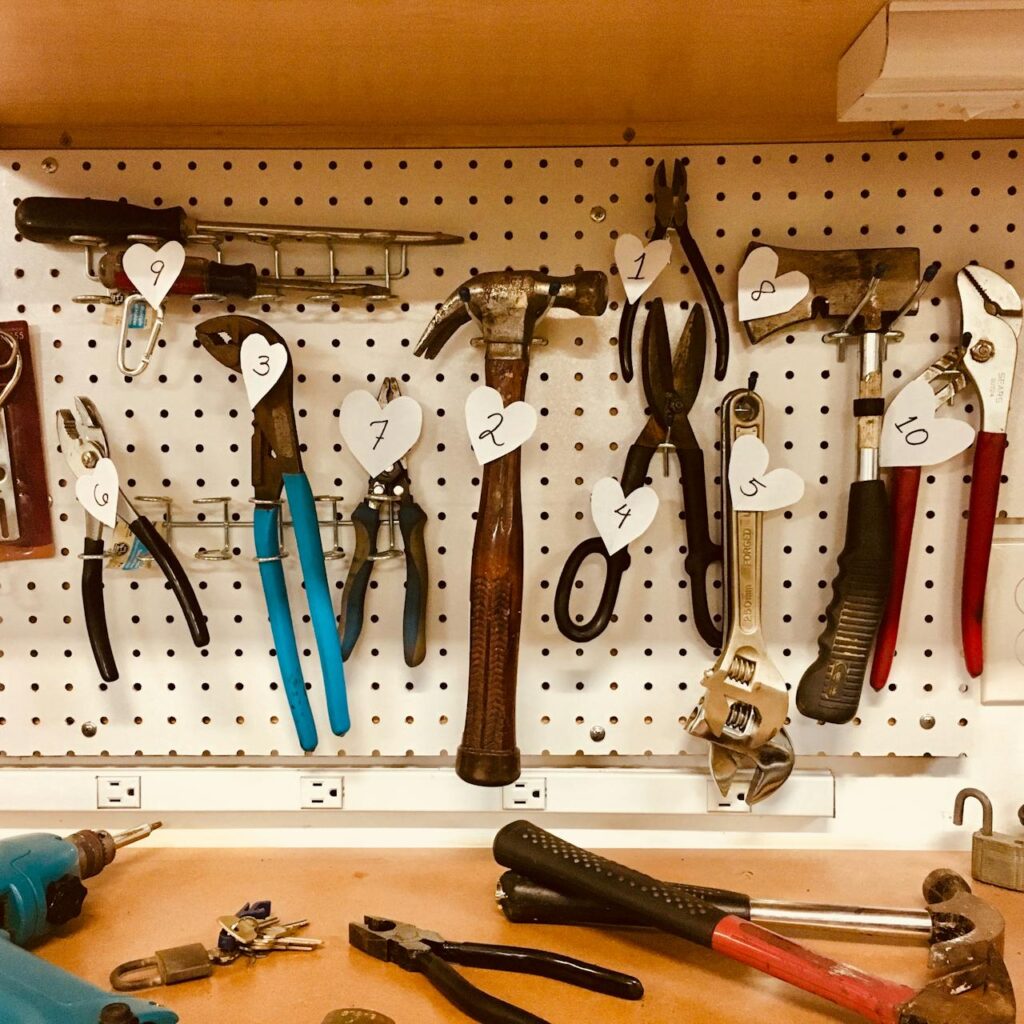
Tidy Workspace, Tidy Mind
A clean workspace is essential for safety and efficiency. Designate areas for different stages of your project, and keep tools and materials close to their point of use to minimise movement. Use cable ties or hooks to keep cords off the floor, and sweep up debris regularly to prevent slips.
Lighting is another critical factor – a well-lit workspace helps you avoid mistakes and injuries. Portable work lights can be a great investment, especially if you’re working in a space that doesn’t get much natural light.
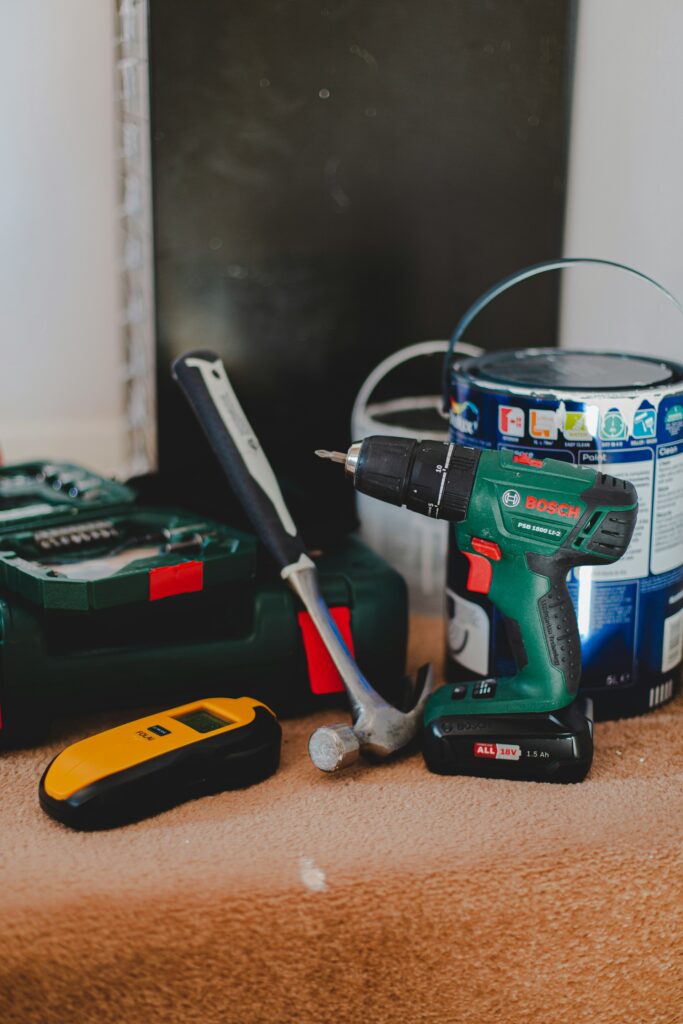
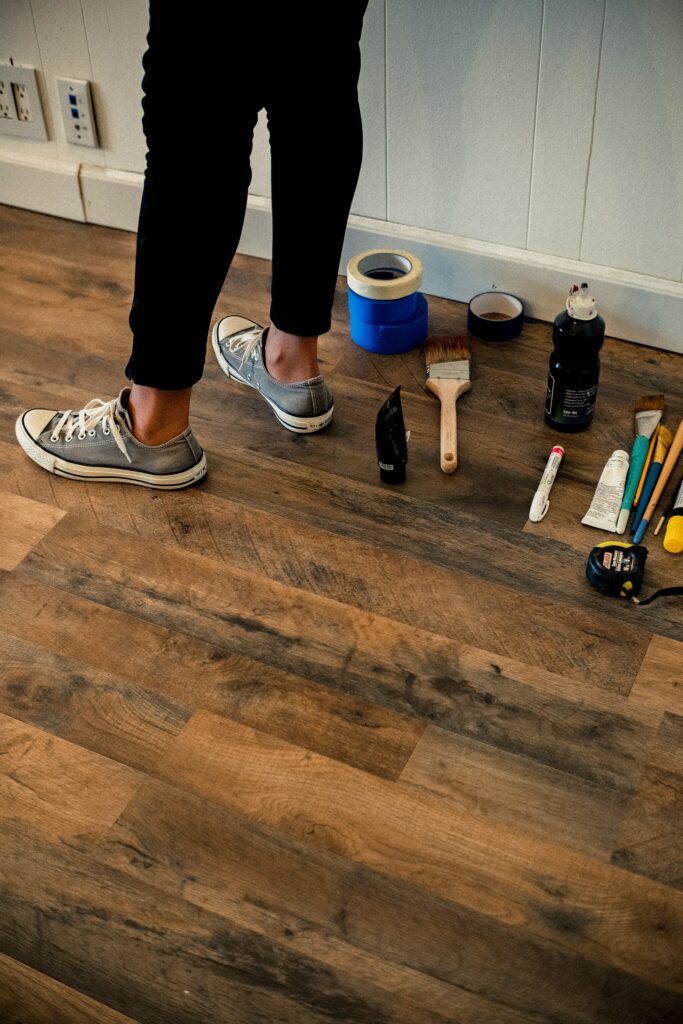
Electrical Awareness
Working with electricity requires caution and respect. Use a voltage tester to double-check that circuits are dead before starting work. When using power tools, plug into a residual current device (RCD) to protect against electric shock.
Be aware of the electrical load you’re placing on outlets to avoid overloading them. If you’re running power to a shed or outdoor area, ensure your extension cords are rated for outdoor use and are fully uncoiled to prevent overheating.
Chemical Safety
Read the Safety Data Sheets (SDS) for any chemicals you’re using – they contain vital information on handling, toxicity, and first aid measures. Never mix chemicals unless explicitly directed, as this can cause dangerous reactions.
Proper storage is also crucial. Keep chemicals in their original containers with labels intact, and store them in a cool, dry place out of reach of children and pets. When disposing of chemicals, never pour them down the drain. Check with your local waste disposal service for guidelines on how to dispose of hazardous materials safely.

Take Your Time
A rushed job is a recipe for mistakes. Plan your project in stages, and don’t be afraid to spread it out over several weekends if necessary. Listen to your body – if you’re feeling fatigued, take a break. Mistakes often happen when we’re tired or distracted.
Keep a first aid kit handy for minor injuries, and know when to call in a professional. Some tasks, particularly those involving gas or major electrical work, are best left to those with the right skills and certifications.
The Bottom Line
DIY can be a rewarding way to enhance your living space, but safety should always be your top priority. By exercising a little necessary caution, you can minimise risk and ensure that your home improvement projects are as safe as they are transformative. Remember, the best DIY outcome is one that you can enjoy with the satisfaction that comes from a job well done – and done safely.





